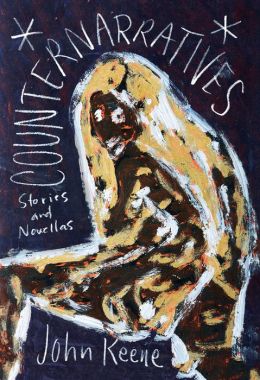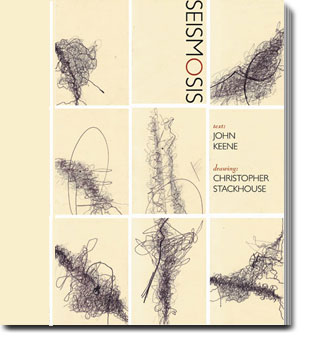 |
| Installation View, Emily Prince at the Saatchi Gallery, via Saatchi Gallery |
 |
| Emily Prince’s Installation American Servicemen and Women… at the Saatchi Gallery, via ArtDaily |
I learned about her powerful metonymic artwork via an online article I read on her 2010 show at the Saatchi Gallery. She is still drawing the portraits, and reconfiguring them, and so long as we have troops stationed in Iraq and a war, however hazy its aims since the deposition years ago of the Taliban and the subsequent assassination of Osama bin Laden, she will have portraits to draw, stories to record. But on day like today, her drawings can stand, as I see it, not just for the soldiers lost in these two wars, but for all the US servicepeople and civilians working with or on behalf of the military who have sacrificed their lives throughout US history.
 |
| American servicemen and women who have died in Iraq and Afghanistan, but not including the wounded, nor the Iraqis, nor the Afghans, by Emily Prince |
As naïve and simplistic as it sounds, we have to push for a time when Emily Prince will have no more US soldiers slain in Iraq or Afghanistan to draw. A time when no artist, for that matter, will have cause to draw any deceased or wounded US or US-coalition military personnel, or the civilians in the countries they have been ordered to invade. It is not impossible. War should be as rare as coelacanths, or pure rose alba, or fullerenes, or byssus, or Escorial wool, no matter how frequently warmongers invoke it, or commanders-in-chief send troops to prosecute it. Let's remember our fallen servicemembers today, but also let's work to ensure they will be few in number in the future.
Some below images from Emily Prince's project; all images copyrighted, and for illustrative use only.
 |
| Kaite M. Loenksen (© Emily Prince) |
 |
| Curtis L. Glawson, Jr. (© Emily Prince) |
 |
| Gabriel J. Figueroa (© Emily Prince) |













